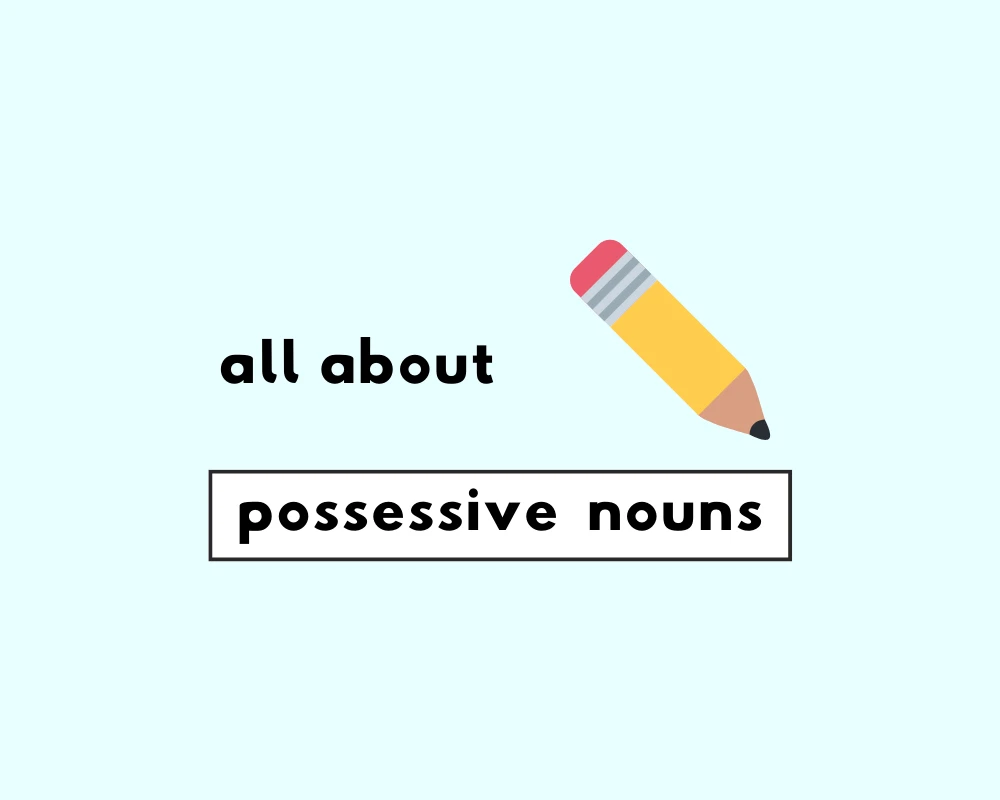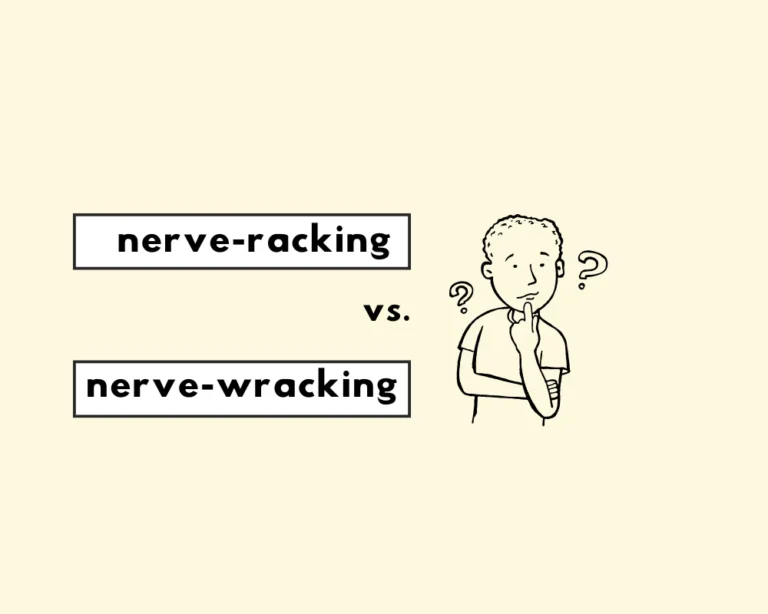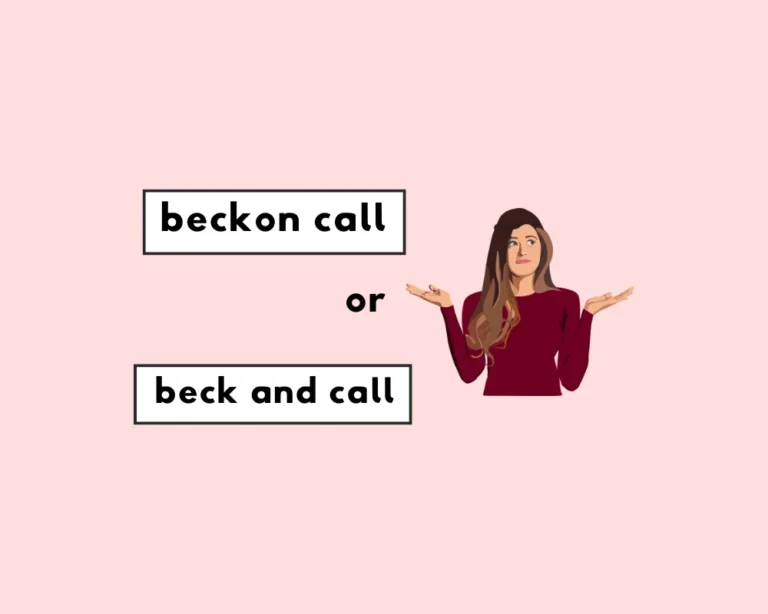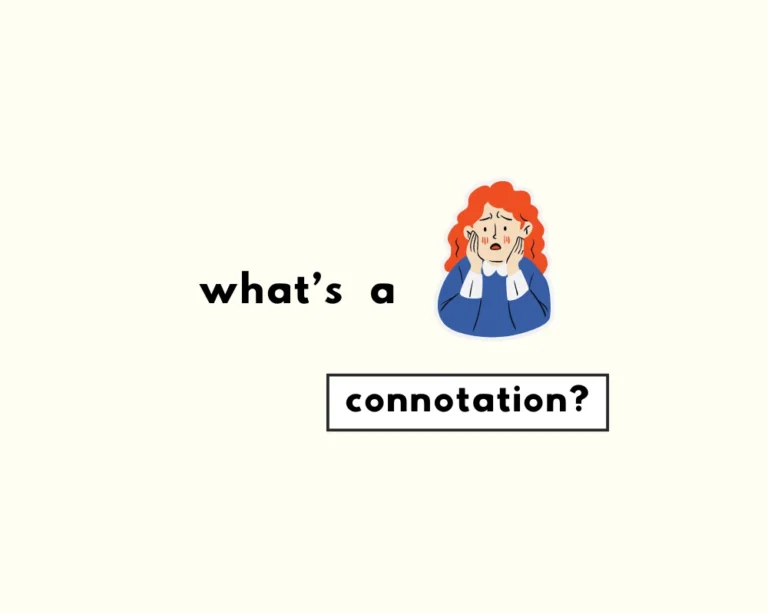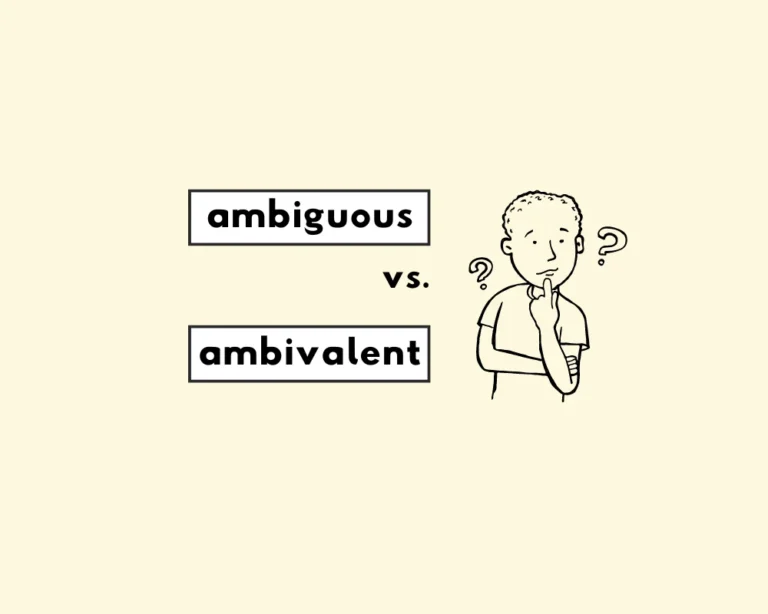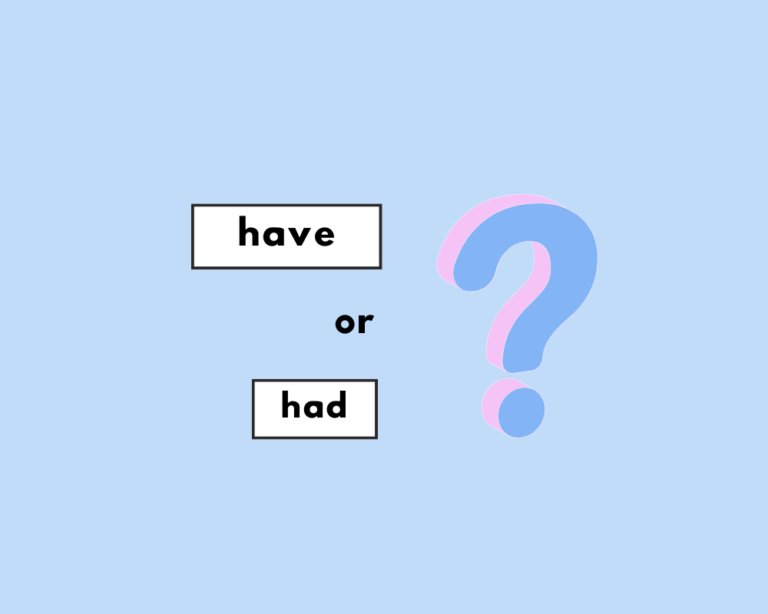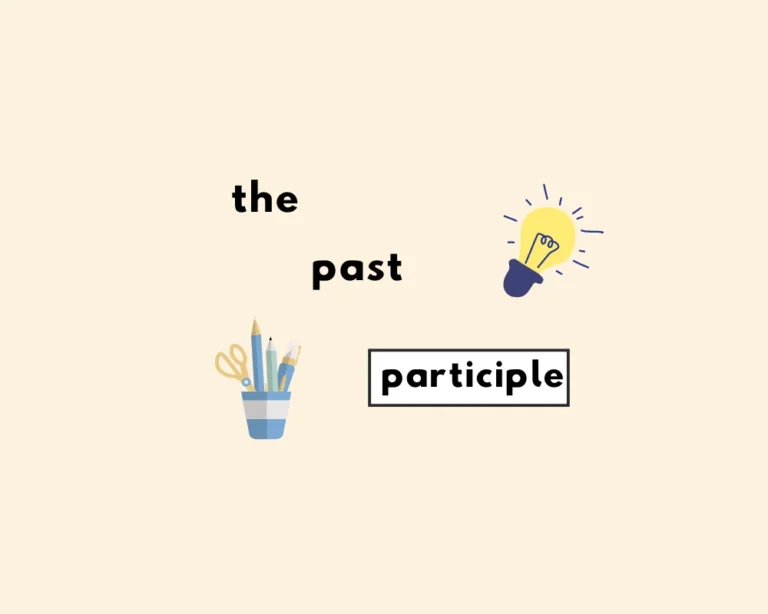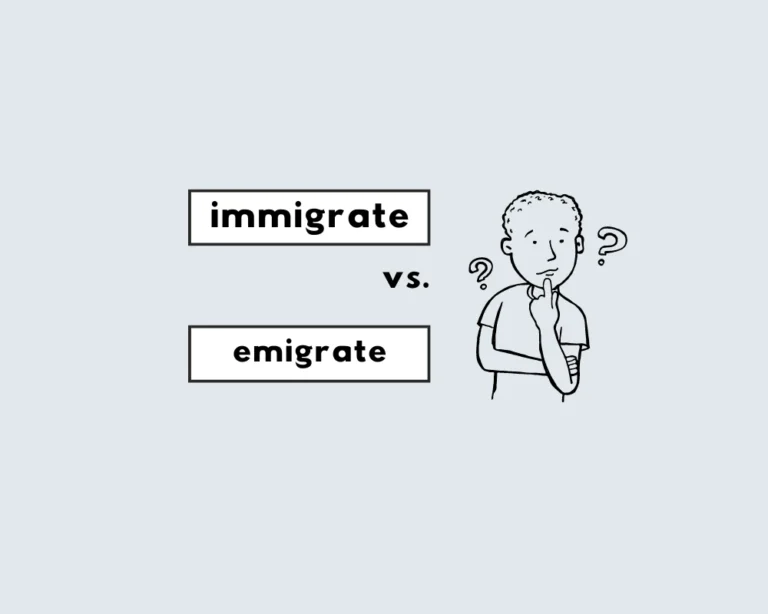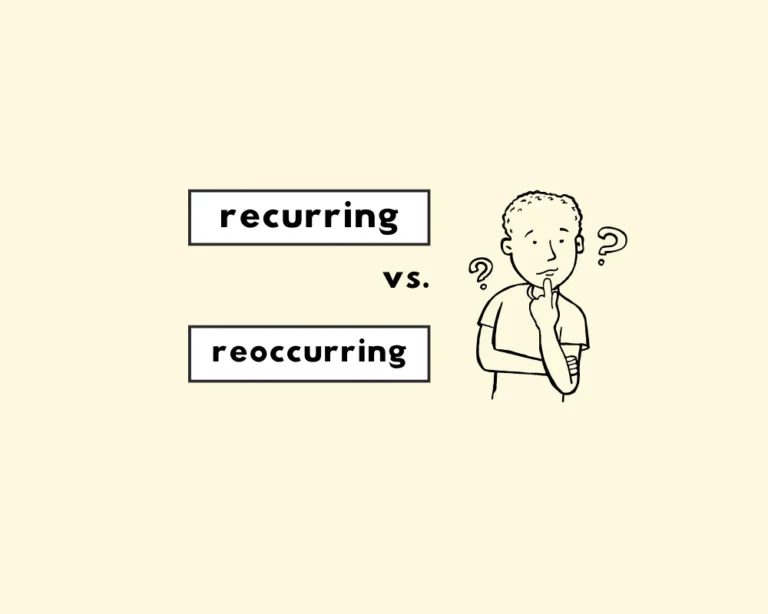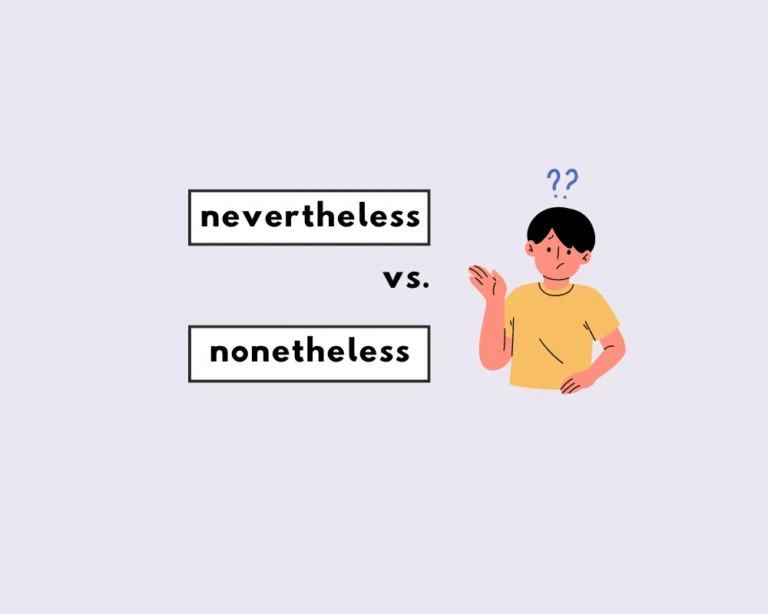Contents
Toggle
What are possessive nouns?
How can you show that something belongs to you without explicitly stating it’s yours? This is the function of possessive nouns in grammar. We form possessives by adding apostrophe ‘s to the end of a noun, e.g., “Ashley‘s car”. The apostrophe + s attached to Ashley’s name tells us that the car belongs to her.
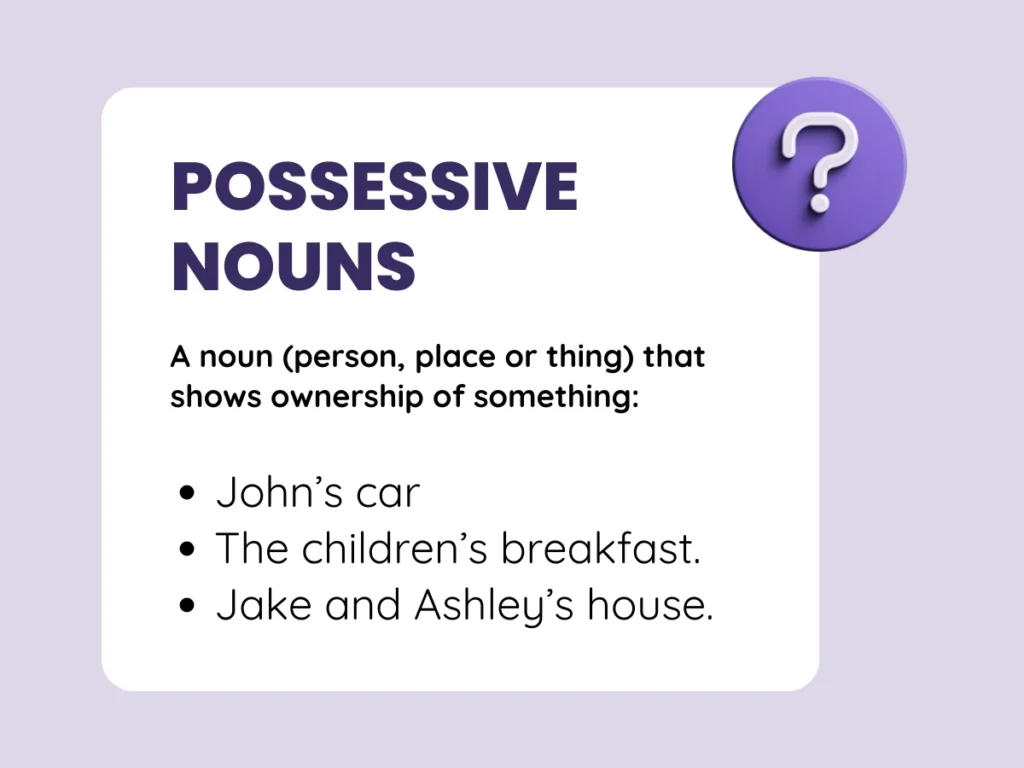
The object of possession or association will usually follow directly after the possessor in a sentence (e.g., “Jane’s sister”, “Ashley’s car”). This helps clarify the relationship between the person (possessive noun) and the object/objects of possession or association.
Keep in mind that just a because a noun is possessive, this doesn’t indicate literal ownership of something. E.g., Jane doesn’t literally own her sister, so the ‘s here indicates a relationship rather than literal ownership (the context will usually make the relationship between possessive noun and object of possession/relation clear).
How to form possessives
| Possessive noun | Form | Example |
| Singular noun, or plural nouns that do not end in “s”. | Add ’s | Tom’s jacket; Sarah’s sister; the children’s books. |
| Plural nouns that end in “s,” or singular nouns ending in “s” (and look plural). | Add ’ | The puppies’ food; the dress’ material; United States’ politics. |
| Singular names ending in “s” | Add either ’s or ’ | Charles’ book; Thomas’s place. |
The simplest form of possessive nouns is the singular possessive noun. With singular nouns that do not end in s, add an ‘s to form a possessive: [singular noun] + [’s]:
The boy’s book
The king’s crown
The landlord’s building
If a singular noun ends in s, and is someone’s name, you can add an ‘s or just use an apostrophe, as in:
James‘s apartment.
Charles‘ dog.
In the Elements of Style by Strunk and White, the first rule in the book states that we should add an ‘s to names that end in s. The only case where we wouldn’t is with ancient proper names, such as the possessive Jesus’, and in phrases that already contain multiple s’s or too many hissing sounds (for conscience’ sake, for righteousness’ sake, for justice’ sake, Moses’ law).
Plural possessive nouns can be tricky because most plural nouns already end in –s. In these cases, the common rule is to add the apostrophe without an additional –s, as in:
The horses’ tails
The boys’ school
The animals’ habitat.
The babies’ beds were all in a row.
If the noun is plural but does not end in –s, then we add the ‘s:
The children’s toys.
The men’s club.
The people‘s opinions.
Compound possessives
Compound possessives are formed when two or more nouns show possession of something, and are joined by a conjunction (e.g., “Sarah and John’s”). When both nouns share the object of possession, we add ‘s to the last noun.
Frank and Sarah’s house is down the street.
Jim and Pam’s kids are so cute.
Sam and Ashley‘s car is broken.
The conjunction ‘and‘ and the last noun being possessive implies that the possession is shared between them: the house belongs to both Frank and Sarah. If both nouns possess something independently, we add the ‘s to the end of both nouns to show possession as separate:
Hemingway’s and Fitzgerald’s novels are considered classics in literature.
France’s and Germany’s economies were both in recession.
If a noun is a title or consists of several words, we only add ‘s to the last word, so long as it does not already end in s. If the noun/title does end in s, we just add an apostrophe:
The Prime Minister of Canada’s speech.
The Catcher in the Rye’s main character is Holden Caufield.
Alexander the Great’s horse.
Mary Queen of Scots’ throne.
If a hyphenated noun is singular, we just add an ‘s at the end to form a possessive:
My brother-in-law’s business.
My mother-in-law’s cooking.
Possessives with appositives (words that rename or explain nouns) use the appositive as a possessive:
That is Tagore the poet’s house.
Possessive vs. contraction
Aside from showing possession, apostrophes are also used to form contractions, which are words that have been shortened through the use of an apostrophe: haven’t = have + not; I’ll = I + will, it’s = it + is, and so on.
Singular possessive nouns can look identical to contractions with “is” or “has”, as you can see from the sentences below:
Henry’s house is just down the street. (possessive)
I don’t think Henry’s been to this restaurant before. (contraction of Henry + has)
The context usually makes it clear whether the contracted form is used, or the possessive noun form. It’s generally safe to assume that it’s a possessive noun if the object (of possession) follows directly after. On the other hand, if it’s followed by another part of speech (verb, adverb or article), it’s likely a contracted form (as shown from the second sentence above).
Indicating possession with “of”
Apart from using an apostrophe, we can also indicate possession by using the preposition “of”. If you’re questioning whether to use the possessive case or the preposition “of”, it’s considered better style to use “of” where the possessor is an object or concept, rather than a person or animal. For example:
The sleeve of my jacket.
My jacket’s sleeve.
The steering wheel of my car.
My car’s steering wheel.
The screen of my computer.
My computer’s screen.
Quiz: possessive nouns
Here’s a quiz on possessive nouns. Choose the correct answer for each question.
1. Which of the following sentences correctly uses a possessive noun?
a) The cat’s meow was loud.
b) The cats meow loudly.
c) The cat meowed loudly.
2. What is the possessive form of the word “child”?
a) child’s
b) childs’
c) children’s
3. Identify the possessive noun in the sentence: “The teacher’s desk is cluttered with papers.”
a) teacher’s
b) desk
c) papers
4. Which of these sentences is correct?
a) The dog’s ate its food.
b) The dogs’ chased its tail.
c) The dog chased its tail.
5. Choose the correct possessive form for “friends” in the sentence: “I met my friends at the park.”
a) friend’s
b) friends’s
c) friends’
6. Which of the following is the possessive form of “James”?
a) James’
b) James’s
c) Jame’s
7. In the sentence, “The car belonging to John is red,” which word is the possessive noun?
a) car
b) belonging
c) John
8. What is the correct possessive form of “children”?
a) childrens
b) childs’
c) children’s
9. Which sentence uses a possessive noun incorrectly?
a) The company’s profits are soaring.
b) The companys’ profits are soaring.
c) The companies’ profits are soaring.
10. Identify the possessive noun in this sentence: “The cat chased its own tail.”
a) cat
b) chased
c) tail
Read about other types of nouns
Answer key
- a) The cat’s meow was loud.
- a) child’s
- a) teacher’s
- c) The dog chased its tail.
- c) friends’
- a) James’
- c) John
- c) children’s
- b) The companys’ profits are soaring.
- c) tail
Sources
- High School English Grammar and Composition, P.C. Wren.
- Caulfield, J. (2023, September 11). Possessive Noun | Examples, Definition & Worksheet. Scribbr. Retrieved September 30, 2023, from https://www.scribbr.com/nouns-and-pronouns/possessive-noun/

